Disclosure: This article contains affiliate links. We may earn a commission from purchases at no extra cost to you, which helps our travel content.
The mathematical precision of a perfectly aligned mountain range is something that continues to astound me, even after decades of studying the physical universe. Standing at Annapurna Base Camp at 4,130 meters, watching the first light illuminate the sacred peaks that form a natural amphitheater of ice and rock, I was reminded that some equations can only be solved through experience. But what truly transformed my two-week journey through Nepal's Annapurna region wasn't the destination—it was the cultural tapestry woven through the villages along the way.
The Physics of Cultural Exchange: Preparation and Approach
Before embarking on my Annapurna journey, I applied the same methodical preparation I once used for physics experiments. Research is key to meaningful cultural immersion, and I spent evenings with my Nepali phrasebook learning basic greetings and expressions. The locals' faces light up when you attempt even simple phrases like 'Namaste' (hello) or 'Dhanyabad' (thank you).
I've found that approaching cultural immersion is much like approaching a complex physics problem—with respect for established frameworks while remaining open to new variables. This means preparing adequately while allowing space for spontaneity. I packed minimally but thoughtfully, including my water purifier which proved invaluable in remote villages where plastic waste is a growing concern.
Unlike my previous high-altitude expeditions focusing solely on reaching objectives, I deliberately planned shorter daily hiking segments (8-12km) to allow for meaningful village interactions. This slower pace revealed the true heart of Nepal beyond the postcard vistas.
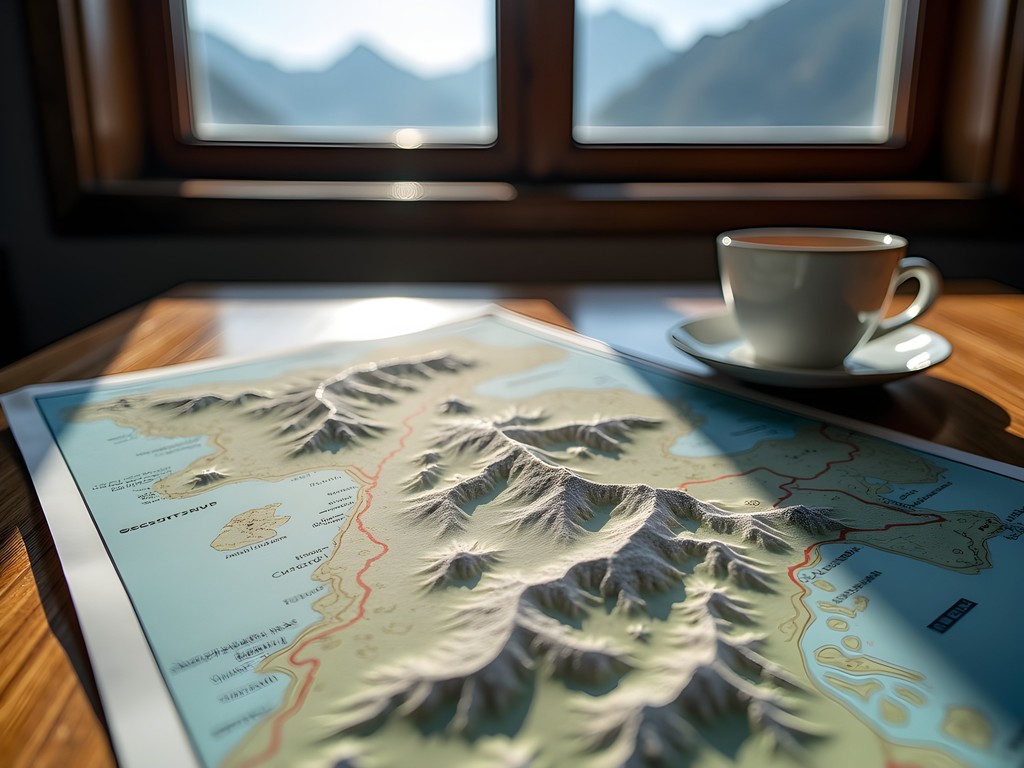
💡 Pro Tips
- Learn at least 5-10 basic Nepali phrases before your trip—locals genuinely appreciate the effort
- Pack a small notebook to document village customs and traditions you observe
- Allocate 'buffer days' in your itinerary specifically for unplanned cultural experiences
Village Rhythms: The Cultural Heartbeat of Ghandruk
Ghandruk village, a cluster of stone houses perched at 2,012 meters with commanding views of Annapurna South, became my first deep cultural immersion. The Gurung people who inhabit this region have adapted to mountain life over centuries, creating a society that functions with the efficiency of a well-designed experiment.
I arrived during the spring planting season, when the terraced fields become a hive of synchronized activity. After introducing myself to my teahouse hosts, I was invited to join the community's agricultural work. What struck me was how the villagers' understanding of seasonal patterns and weather systems rivaled any meteorological model I'd studied in academia.
In the evening, wrapped in my lightweight shawl (which doubles as a respectful head covering when visiting religious sites), I joined the elders around the central fireplace. Here, time slowed as they shared stories of how Gurung traditions have adapted to modern challenges while maintaining their core identity.
The village's relationship with the mountains is not merely geographical but deeply spiritual. When an elder explained how they view Annapurna as a divine protector, I recognized parallels to how quantum physicists describe the observer effect—reality shaped by perception and relationship.
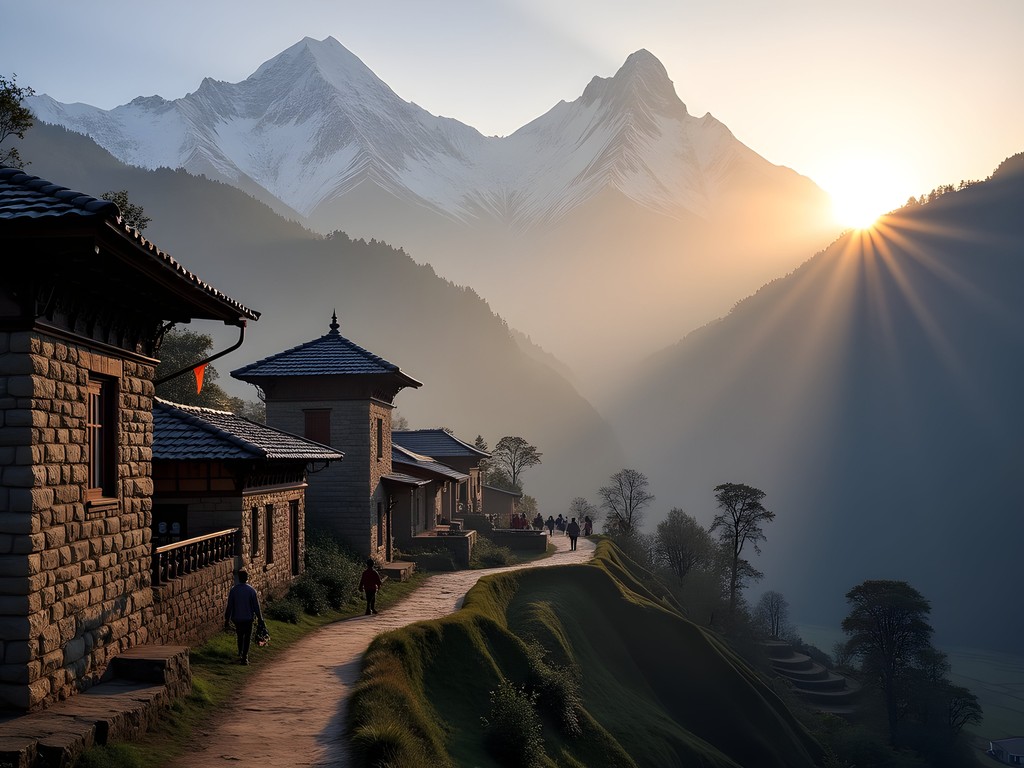
💡 Pro Tips
- Participate in daily chores when invited—it's the fastest way to connect with village families
- Bring small photos of your home to share with locals—it creates mutual cultural exchange
- Respect the practice of removing shoes before entering homes and religious structures
The Sacred Geometry of Monastery Life
My background in theoretical physics has always drawn me to sacred spaces, where spiritual practice often mirrors the elegant mathematics of the universe. In the small monastery above Chhomrong village, I spent a full day observing how the monks' daily rituals follow precise patterns that create what physicists might call 'standing waves' of focused energy.
After receiving permission from the head lama, I joined the morning meditation session at 5:30 AM. The experience was enhanced by sitting on my meditation cushion that I've carried to sacred sites across five continents. The monks found it amusing that a Western scientist would bring her own cushion, but appreciated my commitment to proper posture during meditation.
What fascinated me most was their explanation of mandalas—intricate geometric designs representing the cosmos. As they showed me how to create a simple sand mandala, I couldn't help but see parallels to the wave function diagrams I once taught my physics students. Both represent invisible forces through visual patterns, both acknowledge the fundamental interconnectedness of all phenomena.
The monastery's head lama, upon learning of my scientific background, engaged me in a three-hour discussion about the nature of consciousness that bridged Buddhist philosophy and quantum mechanics in ways I'm still processing months later.

💡 Pro Tips
- Always ask permission before photographing religious practices or inside monasteries
- Bring a small monetary donation (300-500 NPR) when visiting monasteries
- Observe silence during meditation sessions, even if just watching
Culinary Conservation: Traditional Food as Cultural Preservation
The thermodynamics of cooking at high altitude has always intrigued me, but in Nepal's mountain villages, food preparation transcends mere science—it becomes cultural preservation in action. In Chomrong village, I participated in a dal bhat cooking workshop with a local grandmother who has never used a recipe book.
Measuring ingredients by eye and intuition, she demonstrated a precision that rivaled laboratory work. The spice grinder I brought as a gift for my host family was received with genuine appreciation, though their traditional stone mortar produced flavors with subtleties my modern tool couldn't match.
Each village along the trek featured distinct culinary traditions. In Bamboo, I learned to make raksi (rice wine) using fermentation techniques passed down for generations. The process revealed sophisticated understanding of enzymatic reactions that would impress any biochemist.
In Deurali, one of the highest settlements before Base Camp, I documented recipes that incorporate foraged Himalayan herbs with medicinal properties. The villagers' knowledge of which plants counteract altitude sickness demonstrates empirical scientific method at work—generations of observation, hypothesis testing, and knowledge refinement.
The most profound food experience came during a local festival in Sinuwa, where I was invited to help prepare a community feast. Working alongside three generations of women, I witnessed how culinary traditions serve as vehicles for transmitting cultural values and ecological knowledge.
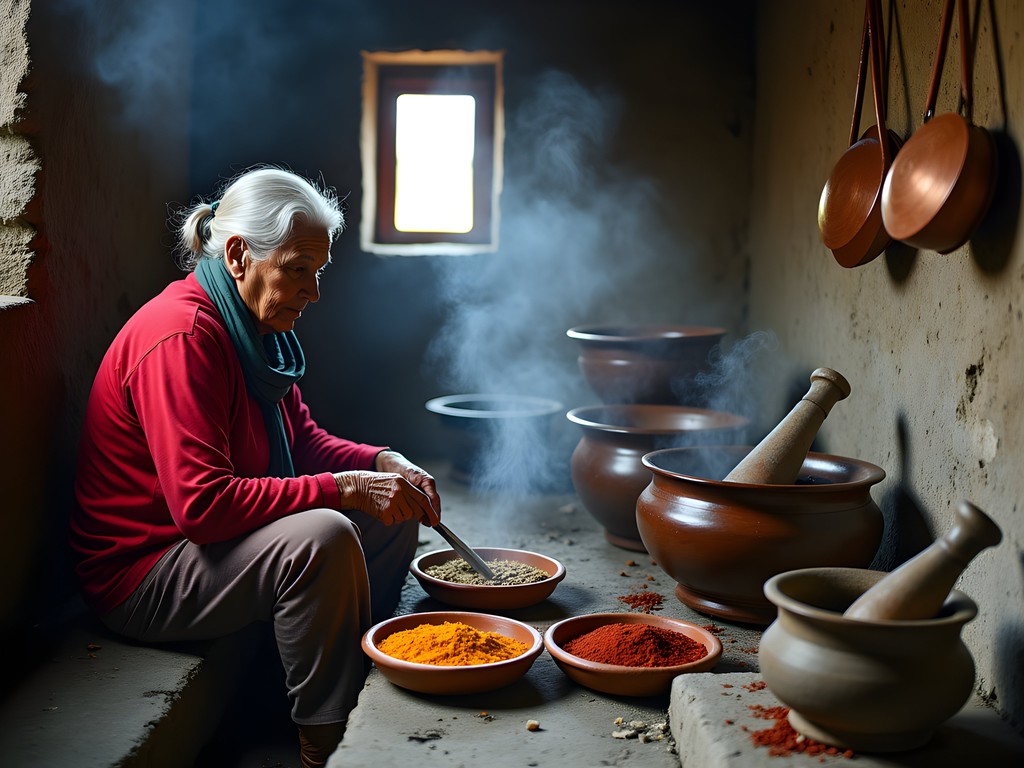
💡 Pro Tips
- Always accept food offerings in villages—refusal can be considered impolite
- Bring photos of foods from your home country to share and discuss
- Ask permission before entering kitchen spaces, which may have cultural restrictions
The Conservation Equation: Balancing Tourism and Tradition
As both scientist and traveler, I've observed how tourism creates a complex equation of benefits and impacts. The Annapurna Conservation Area Project (ACAP) represents one of the most successful models I've encountered for sustainable tourism development, though challenges remain.
In Chhomrong, I spent an afternoon with ACAP rangers who monitor environmental indicators with methodical precision. Their data on forest regeneration rates and wildlife populations would satisfy any peer review process. Using my solar lantern during evening power outages, I reviewed their conservation reports, impressed by their systematic approach.
The most encouraging development I observed was the growing leadership role of local women in conservation initiatives. In Sinuwa, I joined a women's cooperative that manufactures reusable cloth shopping bags to reduce plastic waste from tourism. Their enterprise combines traditional weaving techniques with modern environmental consciousness.
Yet the physics principle of equilibrium remains elusive. In villages closer to Pokhara, traditional architecture is giving way to concrete structures built for tourists. Cultural performances sometimes feel choreographed rather than authentic. The challenge lies in finding the balance point—where tourism provides economic benefits without displacing the very cultural treasures that attract visitors.

💡 Pro Tips
- Support locally-owned teahouses rather than international chains when possible
- Carry out all non-biodegradable waste from remote villages
- Purchase handicrafts directly from artisans rather than from larger souvenir shops
Final Thoughts
As I descended from Annapurna Base Camp, my field notebook filled with observations of both cultural and natural phenomena, I reflected on Einstein's assertion that 'the most beautiful thing we can experience is the mysterious.' The villages of the Annapurna Sanctuary embody this beautiful mystery—communities that have developed sophisticated adaptations to extreme environments while maintaining cultural continuity across centuries. My training as a physicist taught me to look for underlying patterns, and what I found in Nepal was a profound harmony between people, place, and tradition that defies simple analysis. The trek to Annapurna Base Camp may draw thousands for its spectacular vistas, but the true discovery awaits those who slow down and engage with the village cultures along the way. Like any worthwhile scientific inquiry, cultural immersion requires patience, respect, and genuine curiosity. I invite you to approach Nepal not just as a backdrop for adventure photos, but as a living laboratory of human resilience and cultural wisdom. The mountains will still be there tomorrow—today, sit with an elder, learn to cook a local dish, or participate in a village ceremony. These are the experiments that yield the most profound results.
✨ Key Takeaways
- Cultural immersion requires intentional planning with shorter daily hiking distances
- Learning basic Nepali phrases opens doors to authentic village experiences
- Supporting local conservation initiatives helps preserve both natural and cultural heritage
- Participating in daily village activities provides deeper insights than observation alone
- The intersection of traditional knowledge and modern conservation creates powerful sustainability models
📋 Practical Information
Best Time to Visit
March-May (spring) for rhododendron blooms and clear mountain views
Budget Estimate
$25-40 USD per day including accommodation, meals and ACAP permits
Recommended Duration
12-14 days for cultural immersion trek to Annapurna Base Camp
Difficulty Level
Intermediate
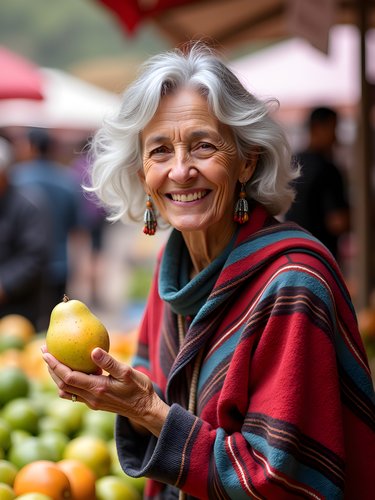
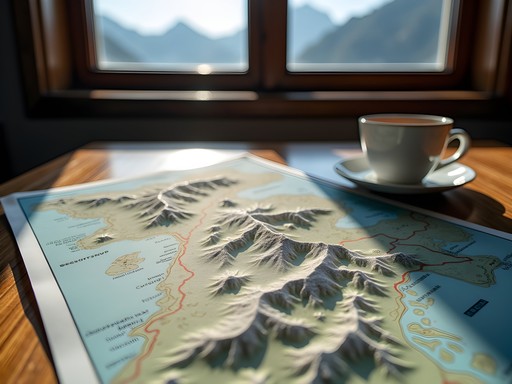
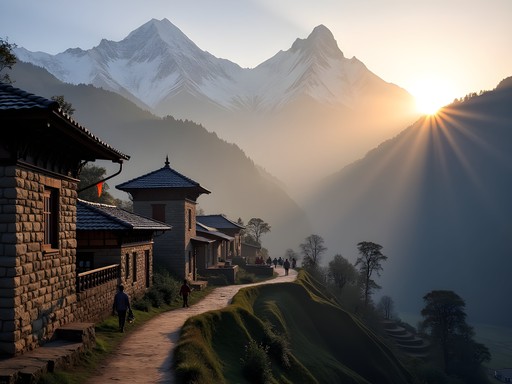
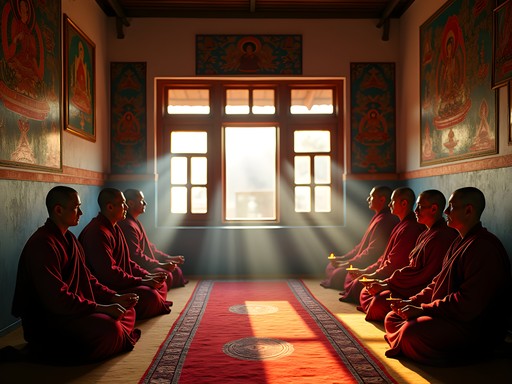
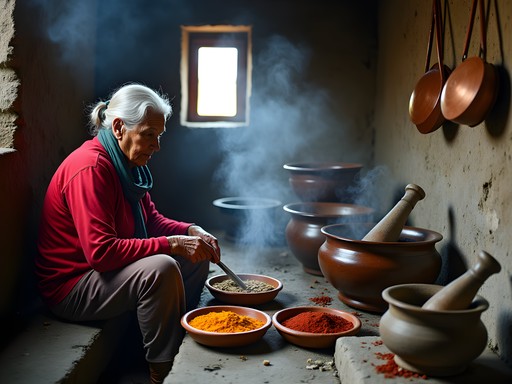
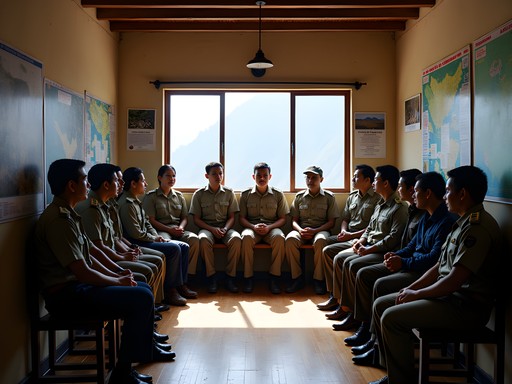









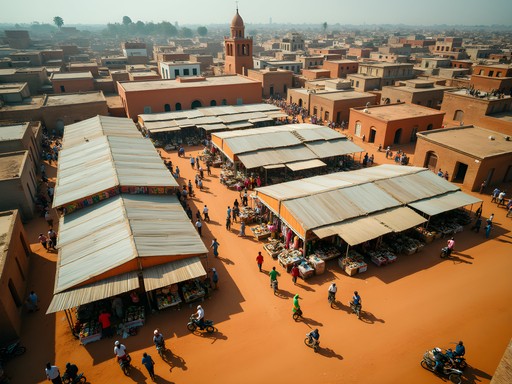
Comments
Robert Moreau
While I typically gravitate toward luxury travel, your post inspired me to reflect on my own brief encounter with Annapurna's villages during a helicopter tour last year. I only touched the surface compared to your immersive experience, Brittany. Your section on 'The Sacred Geometry of Monastery Life' particularly made me regret not spending more time on the ground. I did have a memorable afternoon tea with a local family in Chomrong arranged by my guide - even that brief cultural exchange was profoundly moving. Perhaps it's time I step outside my comfort zone and experience Nepal properly, with more village stays and fewer helicopter rides. Would you say the physical demands of the trek are manageable for someone who maintains reasonable fitness but isn't an avid hiker?
Brittany Hassan
Robert, absolutely! The beauty of the Annapurna region is that you can tailor the trek to your fitness level. Many sections are challenging but not technical. Taking it slow, hiring a porter if needed, and building in rest days makes it accessible. The cultural rewards are worth every step!
journeyqueen
This post brings back such vivid memories of my time in the Annapurna region! The way you described the 'cultural heartbeat' of Ghandruk is spot on. One thing I'd add for anyone planning a similar journey - take time to participate in the evening gatherings in teahouse common rooms. Some of my most profound cultural exchanges happened while huddled around the stove with local guides, porters, and village elders, sharing stories as the temperature dropped outside. The mathematical precision you mentioned extends to these social interactions too - there's an unspoken rhythm to how stories are shared, when to listen, when to contribute. It's like an elegant equation of human connection.
smartnomad
OMG I can't believe how beautiful those monasteries are! I've never been to Nepal but this post just moved it to the top of my list! Did you need any special permits to visit the villages or can anyone just go there? So excited to plan a trip now!
redblogger
Not Brittany, but when I researched, you need an ACAP permit (Annapurna Conservation Area Permit) and a TIMS card (Tourist Information Management System). They're pretty easy to get in Kathmandu or Pokhara before you start trekking!
smartnomad
Thank you so much for the info! Super helpful!
vacationwalker
Those mountain photos are absolutely breathtaking! Bucket list destination for sure.
Haley Hamilton
Brittany, your approach to travel writing is so refreshing! I backpacked through the Annapurna region last October and was similarly moved by the cultural aspects, though I never thought to connect it to physics and mathematics like you did. The section on culinary conservation particularly resonated - I spent an afternoon learning to make sel roti with an elderly woman in Chomrong who spoke no English, but somehow we communicated perfectly through the universal language of cooking. She used a pressure cooker similar to ones I've seen stateside but adapted for high altitude cooking. Did you find that the food traditions varied significantly from village to village? I noticed subtle differences even between places just a day's trek apart.
redblogger
I'm planning to visit Nepal next spring and really want to experience the cultural side like you did. How many days would you recommend staying in Ghandruk to really get the experience you described? Also, did you arrange your homestays in advance or find them when you arrived?
Brittany Hassan
I'd recommend at least 3 full days in Ghandruk if you can spare it! As for homestays, I arranged mine through a local agency in Pokhara about a week before heading up. You can book on arrival in some cases, but in peak season it's better to have something lined up. The family I stayed with (the Gurungs) were absolutely wonderful - happy to share their contact if you'd like!
smartnomad
This post really resonates with me! I did the Annapurna Circuit last year but wish I'd spent more time in the villages like you did. The way you connected physics concepts to cultural experiences is fascinating. That part about the monastery life and sacred geometry made me see my own experience in a completely new light. Did you find it difficult to communicate with locals in the smaller villages? My basic Nepali phrases helped but I still relied heavily on guides.
Brittany Hassan
Thank you! Communication was definitely a challenge in the smaller villages. I learned about 20 key phrases before going, but having my guide Pemba help translate the more complex conversations was invaluable. The villagers really appreciated even my simplest attempts at Nepali though!
smartnomad
That's been my experience too - just trying with the local language opens so many doors. I'll definitely take your approach of longer village stays next time!
smartfan
Brittany, I'm fascinated by your section on monastery life. How much advance planning did you need to do for monastery visits? Did you arrange special access or just show up during regular hours? Planning my own trip and wondering about the protocol.
nomadking
LOVE THIS POST!!! The section on traditional food preservation blew my mind! Going to Nepal next month and definitely trying that fermented millet drink you mentioned. Anyone know if it's available year-round?
smartfan
Yes! Tongba (the millet drink) is available year-round but tastes best in winter months IMO. Make sure to try it in a local home if possible - much more authentic than the tourist versions.
nomadking
Thanks for the tip! Any suggestions on how to get invited into a local home? I'm not great at making those connections while traveling.
journeyqueen
I found using a Nepali phrasebook really helped break the ice with locals. Even basic greetings in their language can open so many doors! Also, stay in homestays rather than hotels when possible.
Adam Nichols
Your analysis of village rhythms in Ghandruk resonated deeply with me. During my stay there last year, I documented the daily patterns of community life and found similar harmonic structures in their routines. The morning prayer ceremonies create a temporal anchor for the entire village ecosystem. I'm curious though - did you find the monastery visits were more impactful at specific times of day? My observations suggested dawn visits revealed more authentic practices compared to midday when tourist numbers peaked.
journeyqueen
Adam, I totally agree about dawn visits! I was at Tengboche Monastery at sunrise last year and it was magical - barely any other travelers around. The monks seemed more relaxed too.
Adam Nichols
Exactly, journeyqueen. The early morning ritual economy operates almost entirely without tourist participation. It's when you see the true interconnection between spiritual practice and daily life.
Venture X
Premium card with 2X miles, $300 travel credit, Priority Pass